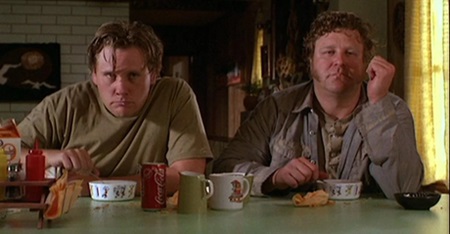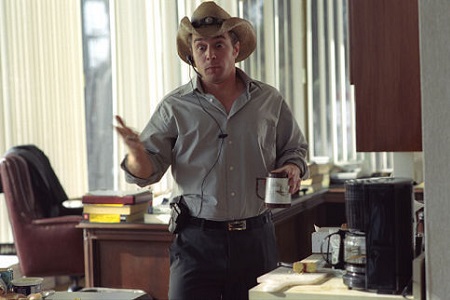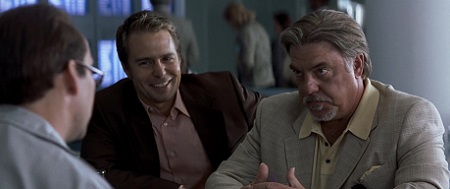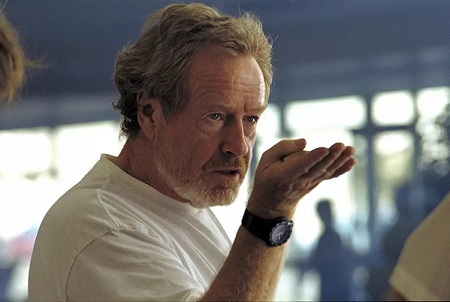With a tip of the cap to comedy based in criminality from just before my teenage years, we visit Raising Arizona (1987) as written, directed and produced by Joel Coen and Ethan Coen. The Coen brothers film pokes fun at the notion of competing lifestyles humorously incompatible put into situations where laughter ensues to keep you from crying, should you join in the romp meant to highlight the humor.

Raising Arizona opens with repeat offender Herbert I. ‘Hi’ McDunnough getting arrested for robbing convenience stores. At each instance, police officer Edwina (aka ‘Ed’) photographs McDunnough at intake, with an increasing banter between the two leading to an eventual romantic interest following the last arrest. The pair, portrayed by Nicolas Cage and Holly Hunter, respectively, get married. Wanting kids and being unable to become parents in the standard way, the pair resort to something more dramatic when they also cannot adopt due to McDonnough’s criminal past.

As this develops, it becomes known in their Arizona community that furniture magnate Nathan Arizona, Sr. and his wife Florence, portrayed by Trey Wilson and Lynne Kitei, recently had five babies (quintuplets). Figuring that the Arizonas had more than they needed and could make due with one child fewer, Hi and Ed decide to kidnap one of the five Arizona kids. Humorous interactions surround the abduction, which ultimately succeeds and kicks off the core of the story. T.J. Kuhn portrayed the baby, Nathan Jr.

Aiming to make the transition to the straight and narrow in the aftermath of the kidnapping, Hi finds the work that he’s acquired structured enough like prison to make things work. The operation takes its first left turn when brothers Gale and Evelle Snoats, as portrayed by John Goodman and William Forsythe, breakout of prison. The pair looks to the newly minted McDunnough family for a place to hideout. Complications arise when the foreman from Hi’s job, Glen, comes to visit with his wife, Dot, and their unruly kids. Sam McMurray and Frances McDormand portrayed Glen and Dot, respectively.

A storyline develops next to these wherein Leonard Smalls, as portrayed by Randall ‘Tex’ Cobb, seeks to interject himself into the reward process that has opened for the safe return of Nathan Jr. to Nathan Arizona, Sr. and their family. The paths of misunderstandings, criminal behaviors by Smalls, the Snoats brothers and the McDunnoughs, when placed against tomfoolery of Glen and Dot to boot, gives plenty of comedic fodder to the quick pacing of the movie that is Raising Arizona.

Mostly positive reviews by critics and audiences alike greeted Raising Arizona, as indicated here on Rotten Tomatoes. As I was amused by the movie, I grant Raising Arizona as written, directed and produced by the Coen brothers 3.75-stars on a scale of 1-to-5.
Matt – Wednesday, January 17, 2024



















